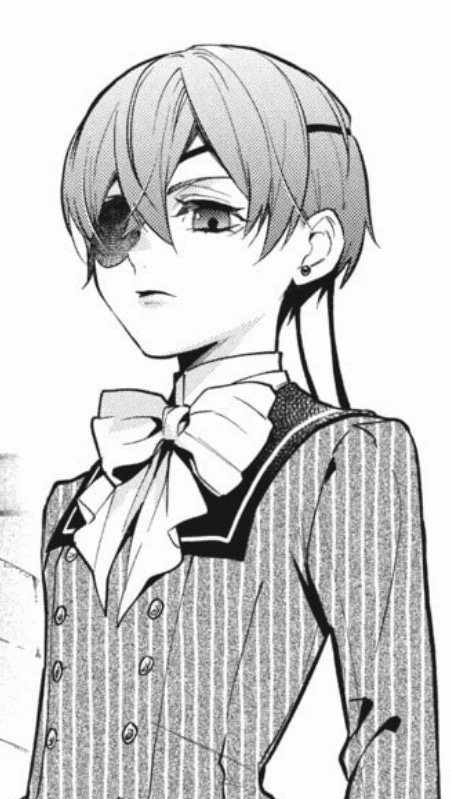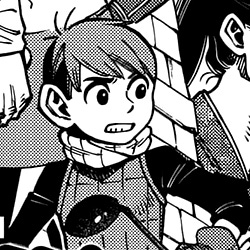In the last decade or so there has been a rise in the popularity of games and television shows with high fantasy themes and motifs, leading to more Dungeon’s and Dragons groups, more chatter about DnD podcasts and YouTube shows (think Critical Role and Dimension 20), and a lot more focus on fantasy films and television shows such as the spin-off of Game of Thrones which focuses on the dubious relationships and origins of the controversial and incestuous Targaryen line. Fandom loves high fantasy, finding that the worlds created can be beautiful mirrors of our own struggles and developing arenas in which nearly anything can happen. Imaginations run wild with scenarios in fanfiction and “homebrew” DnD campaigns featuring dozens of different “races” including those that live hundreds of years versus those that live mere decades, some of whom may be over ten feet tall or more while others never make it above four.
In consideration of the latter—those being such races as gnomes or halflings in Dungeons and Dragons, hobbits in the world of J.R.R. Tolkien, or as in this case “half-foots” in the hit manga/anime Delicious in Dungeon—some fandoms have had a better time in “shipping” discourse than others. No one in the Lord of the Rings fandom bats an eye when someone ships Legolas and Gimli despite that Gimli is much shorter and Legolas is much older (for context Gimli is 139 years old whereas Legolas is, canonically to the films at least, 2931 years old which could theoretically be one of the most absurd age gaps in any fandom ship). Anti shippers don’t generally run in the way of LOTR ships, as it’s canon that Aragorn and Arwen are practically soulmates at 70 and 2777 respectively while the other possible ship would have put the septuagenarian Aragorn with a 24-year-old Eowyn. As such, we don’t generally hear much out of the LOTR fandom in terms of age gap discourse…why should we?
Delving into the question of whether or not a “short” race is comparative to a shota comes down to a definition of the concept of a “shota.” Generally speaking, a shota is any anime or manga character who is portrayed with neotenic features and cast in an overt or subtle role as an object of sexual interest (this does not have to be canon). The most identifiable shota in modern popular culture would be Ciel Phantomhive of the series Black Butler, his creator a renowned shotacon (that is, a person who holds interest in shota material), and his appearances in the manga and anime often subversively sensual in relation to his demon butler Sebastian. Of particular note are panels in which Ciel is being placed in a corset that have suggestive dialogue normally found in yaoi manga or the homoerotic nature of a scene in which Ciel is having a particularly nasty asthma attack. Though there is no overt sexual content between Sebastian and Ciel in the series, there really cannot be any question as to the artistic and authorial intent in the subtext. Ciel, therefore, has ended up being Western fandom’s go-to yardstick when measuring what “counts” as a shota, his features clearly boyish, almost feminine in nature, and his proportions marking him as child-like.


With this in mind and with the knowledge that child-like attributes can follow characters into advanced ages (neoteny is clearly visible in hobbits in regards to their proportions…and imagine me gesturing vaguely to all of Elijah Wood who seems to hardly have aged at all since Sin City) we can look at Chilchuck’s character design and make the argument that due to his youthful appearance and small stature, he certainly has the hallmarks of a shota. Most anti-shippers who take issue with the characterization of Chilchuck Tims as a shota try their best to make the “1000-year-old Loli” argument (also known by TVTropes as “Really Seven-Hundred Years Old”) by claiming that his canon characterization is that of an adult. Naturally this begs the question: would that not mean that another character who was characterized in canon as adult-like or having adult features (the opposite of neotany is progenesis) despite being technically “underage” in a real-life understanding would then be fair game for sexualization? Here’s looking at Jojo’s Bizarre Adventure in which all the “teenage” characters appear and act as ridiculously buff thirty-somethings while anti-shippers shriek at artists such as Twitter user miracide_ (ironically the very same who called Chilchuck a shota, thank you miracide_ for your sacrifices) not to sexualize them because they’re “minors.”
So…are all these anti-shippers sexualizing Chilchuck? A character who looks like a little boy so much so that in the canon series he’s often treated as a child? Is this why they’re upset at the assertion that Chilchuck is a shota? No doubt that is exactly what is going on (barring the occasional asexual headcanon) and the irony is palpable as for years anti-shippers have populated fandoms and claimed that certain characters or ships are off-limits due to all kinds of arbitrary reasonings, only to have one half of their favorite ship considered by the “degenerates” of the internet to be a delicious meal. Unfortunately it’s often a considerable hardship for people to recognize their own degeneracy (Claude Frollo would like a word) so we can’t exactly expect them to embrace the notion that they’re just as weird as, or weirder than, everyone else in this world.
Still, we can have some Schadenfreude over it, because we know the truth: Chilchuck is a shota. He was also married and had two children at age 13 in the canon so do with that what you will you funky little freaks (affectionate).



